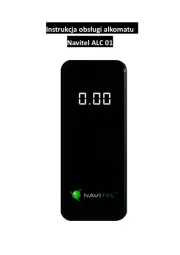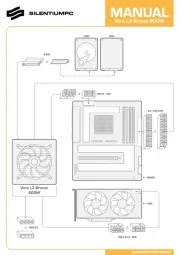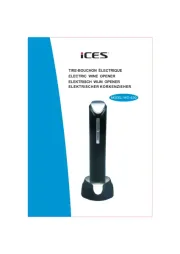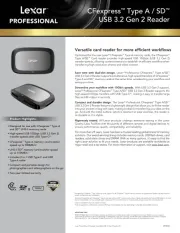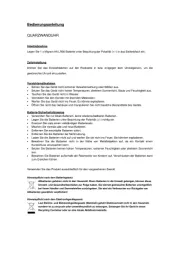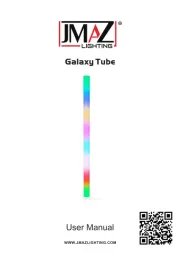Moxa MiiNePort E2 Manual
Læs gratis den danske manual til Moxa MiiNePort E2 (156 sider) i kategorien Ikke kategoriseret. Denne vejledning er vurderet som hjælpsom af 12 personer og har en gennemsnitlig bedømmelse på 4.7 stjerner ud af 6.5 anmeldelser.
Har du et spørgsmål om Moxa MiiNePort E2, eller vil du spørge andre brugere om produktet?

Produkt Specifikationer
| Mærke: | Moxa |
| Kategori: | Ikke kategoriseret |
| Model: | MiiNePort E2 |
| Strøm: | 0.157 A |
| Dimensioner (BxDxH): | 29 x 17 x 12.6 mm |
| Understøttede netværksprotokoller: | ICMP, ARP, IPv4, TCP, UDP, DHCP, HTTP, SNMP V1, SMTP, TFTP, Auto IP, Telnet, BOOTP |
| Antal kanaler: | - kanaler |
| Seriel grænsefladetype: | TTL |
| Relativ luftfugtighed: | 5 - 95 % |
| Signalretning: | Indgang/udgang |
| Indgangsspændingsområde: | 3.3 - 5 V |
Har du brug for hjælp?
Hvis du har brug for hjælp til Moxa MiiNePort E2 stil et spørgsmål nedenfor, og andre brugere vil svare dig
Ikke kategoriseret Moxa Manualer
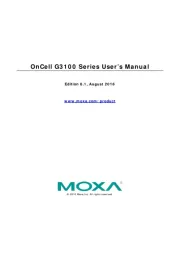
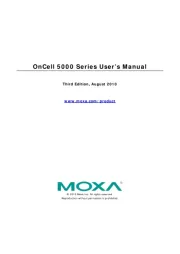
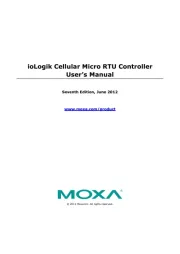
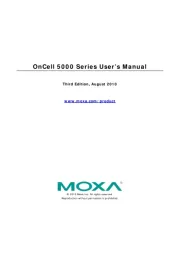
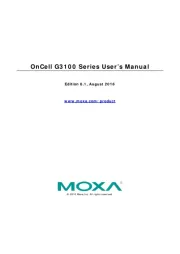
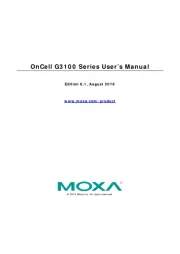
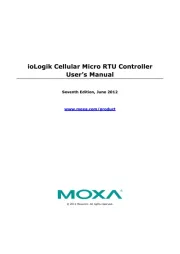
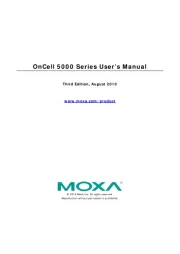
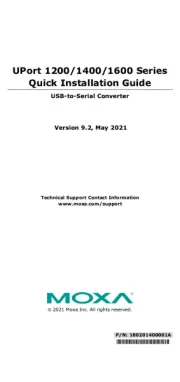
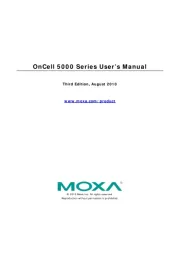
Ikke kategoriseret Manualer
- Tiptop Audio
- Power Soak
- Xblitz
- Heckler
- Enphase
- Tech 21
- Cowon
- Dunlop
- Cookut
- Symmons
- ARNOLD Lichttechnik
- Wortmann AG
- ANT
- TVLogic
- Blind Spot
Nyeste Ikke kategoriseret Manualer
